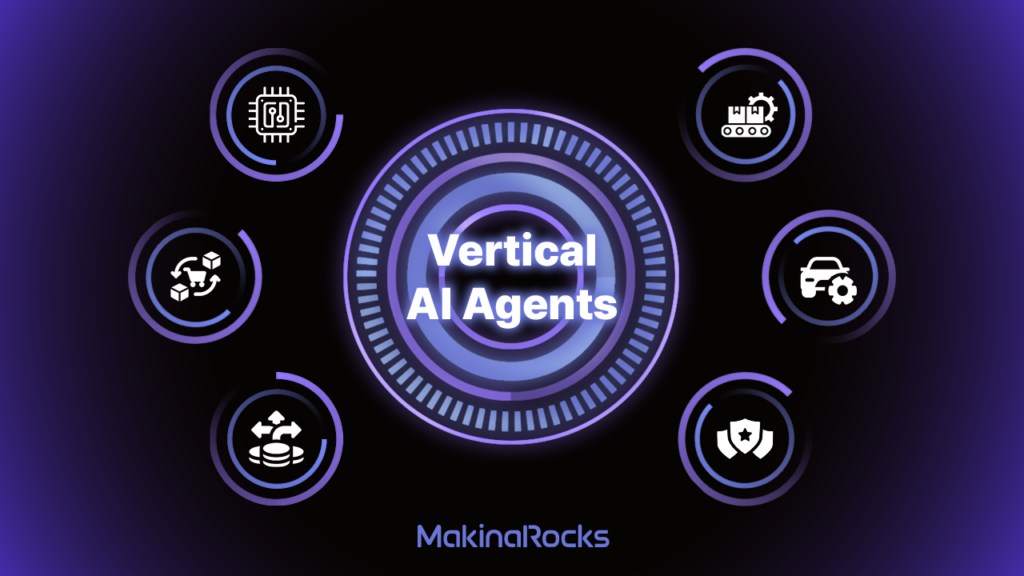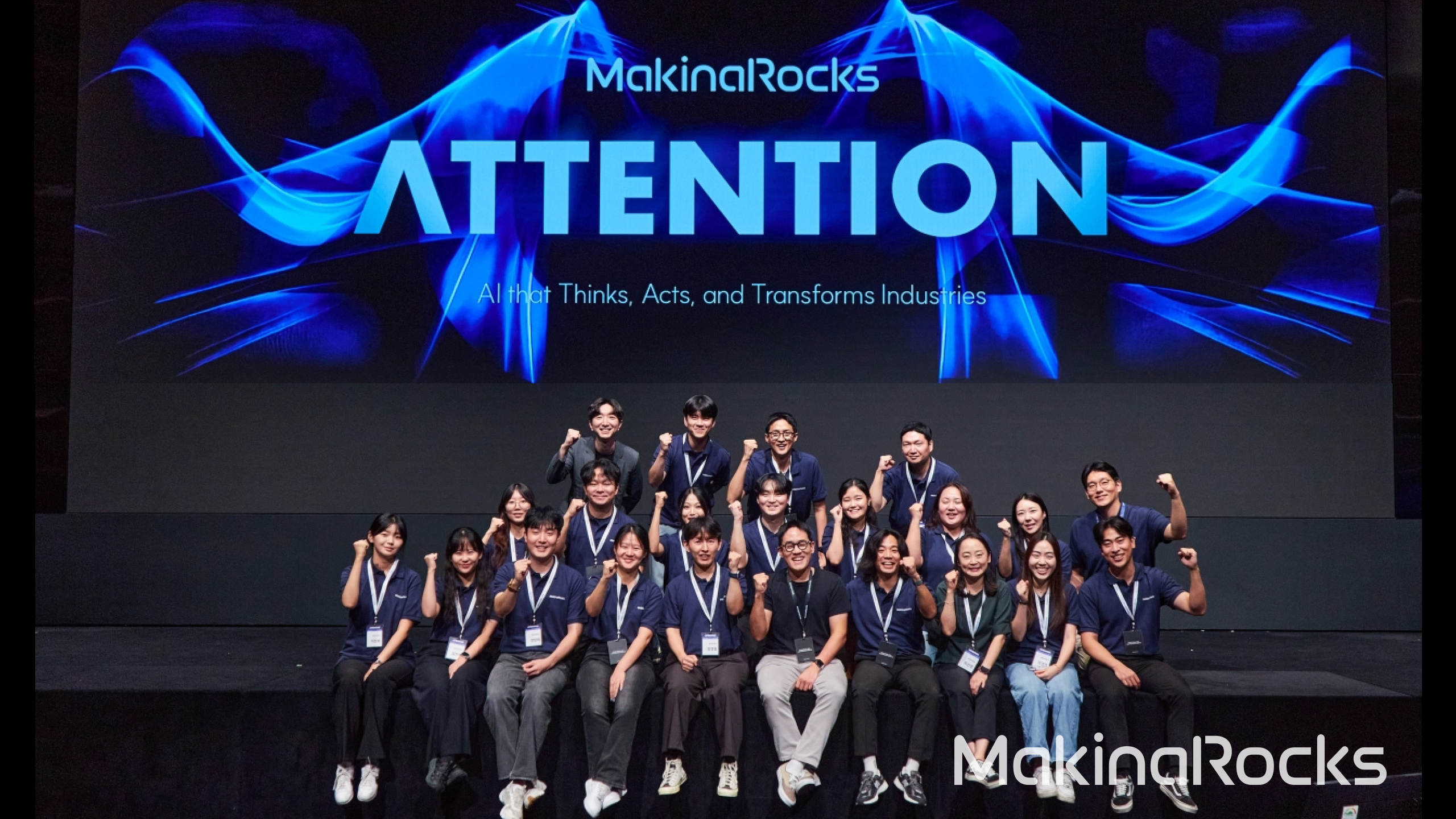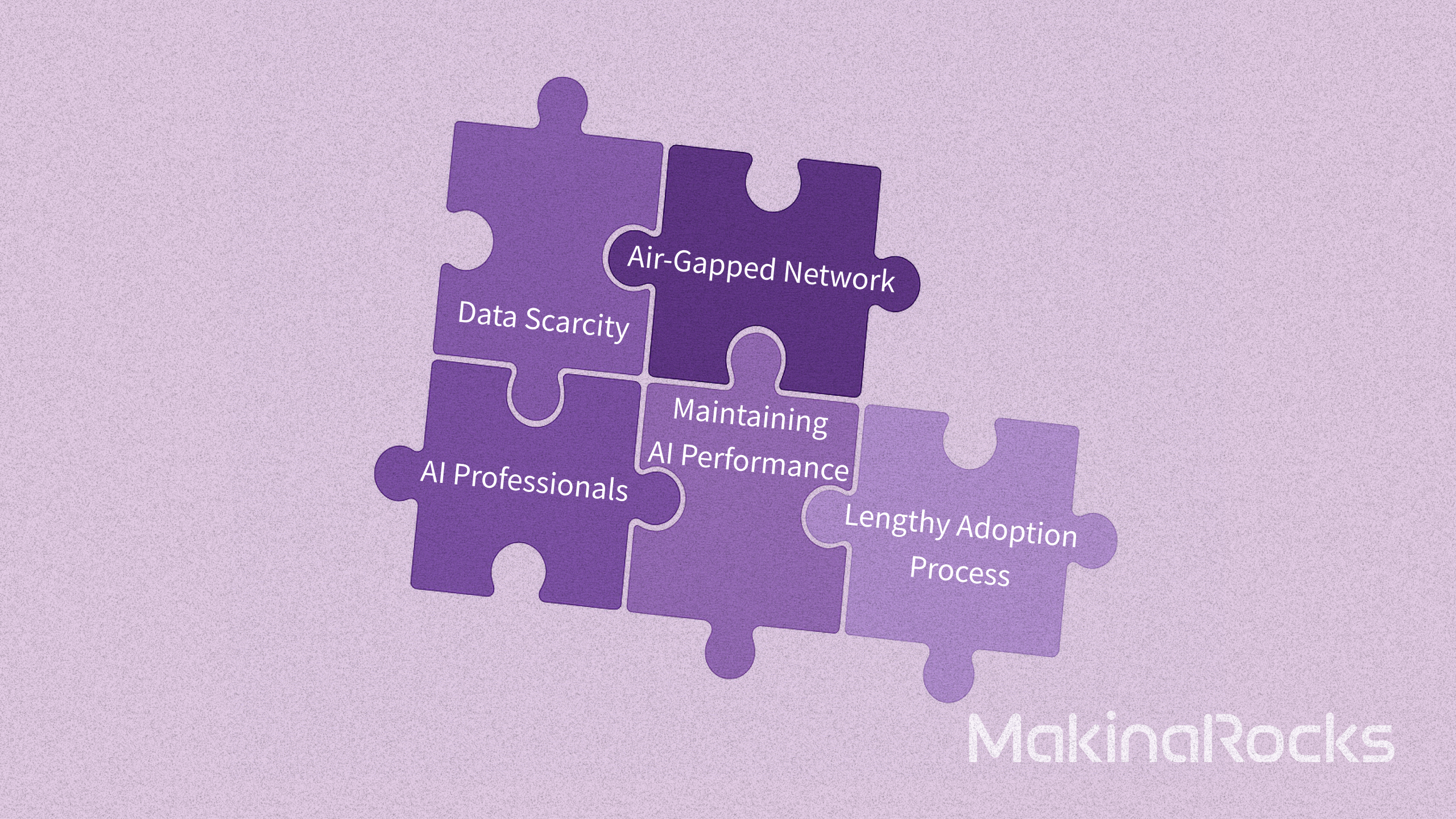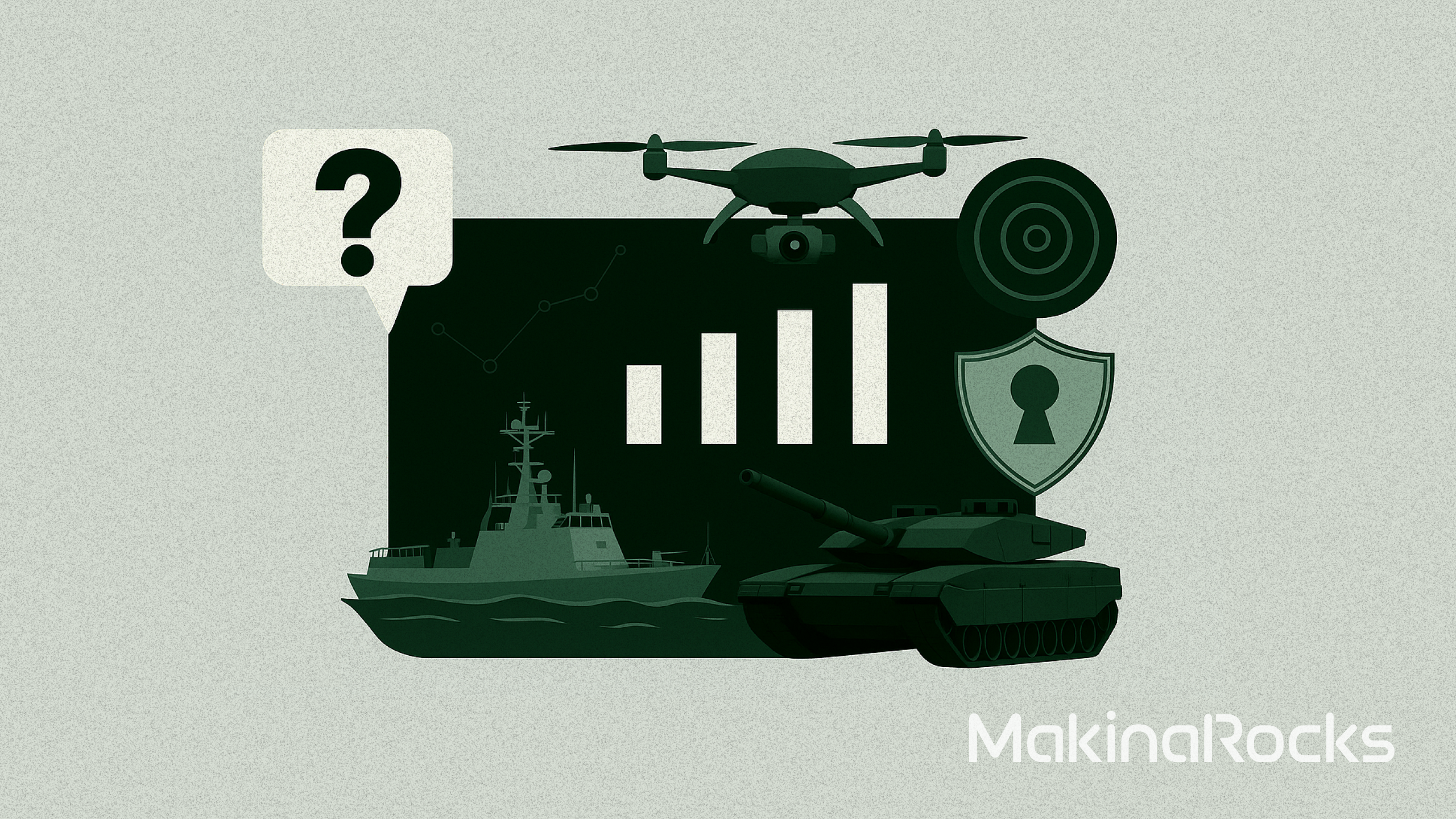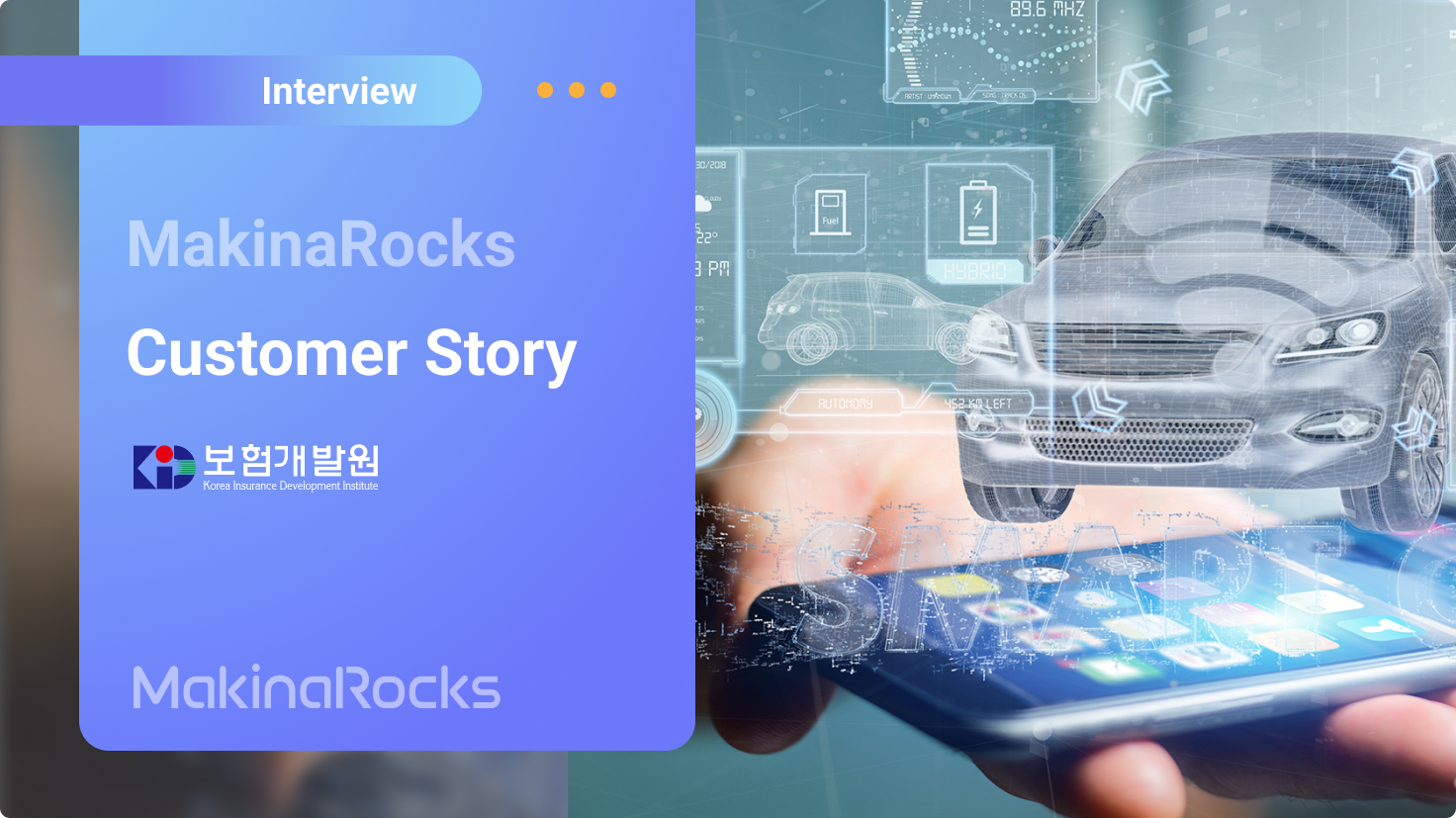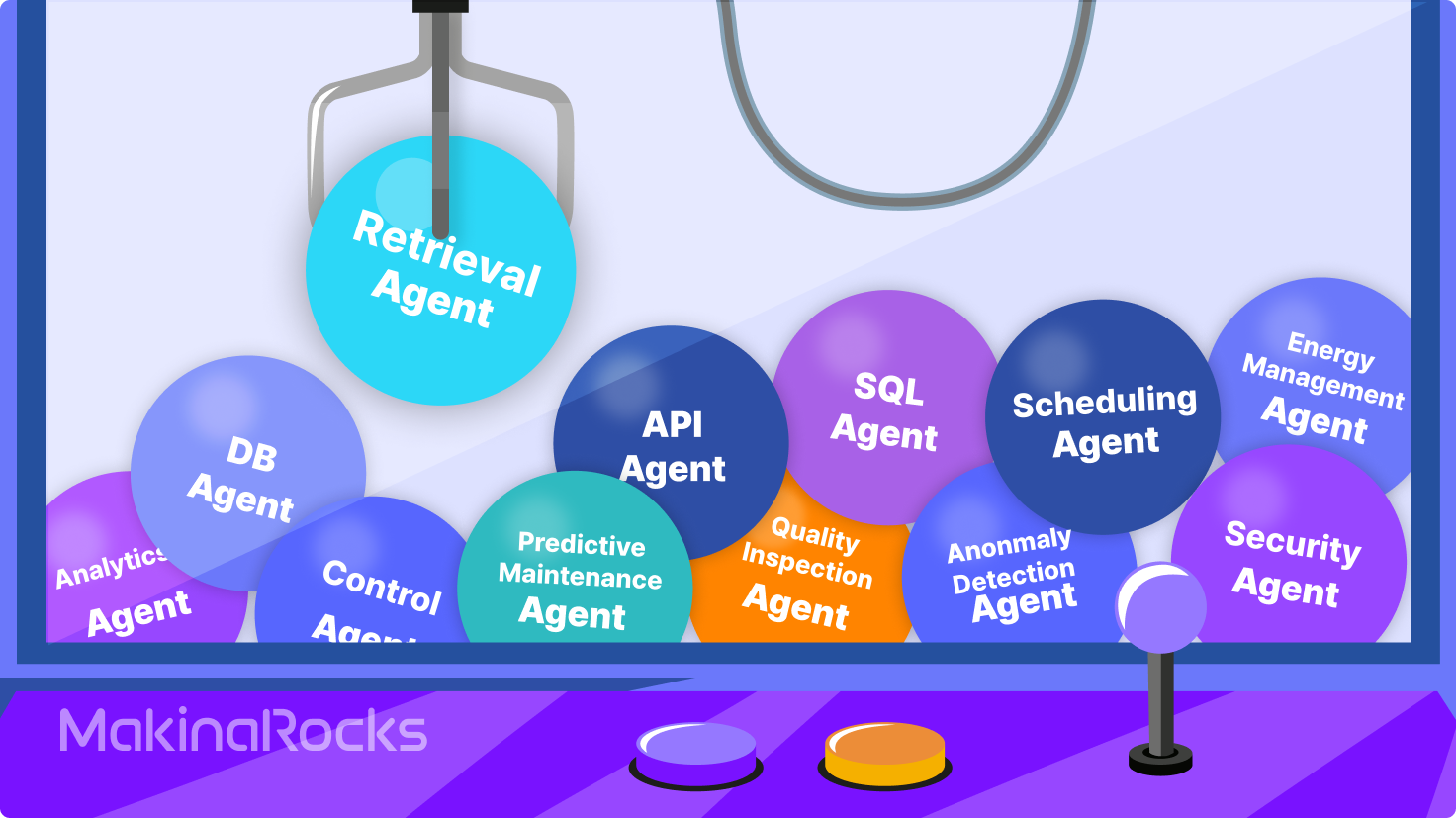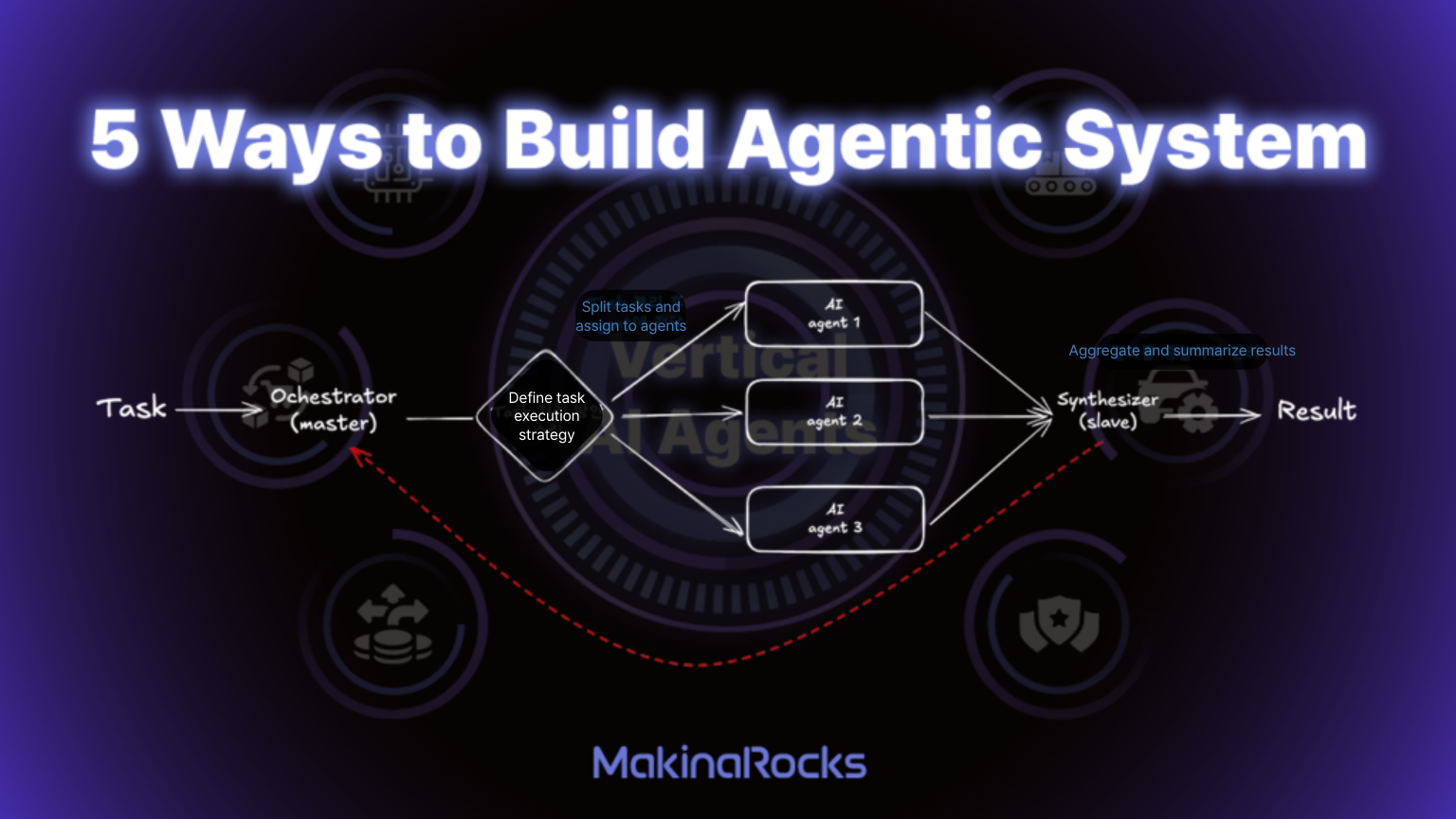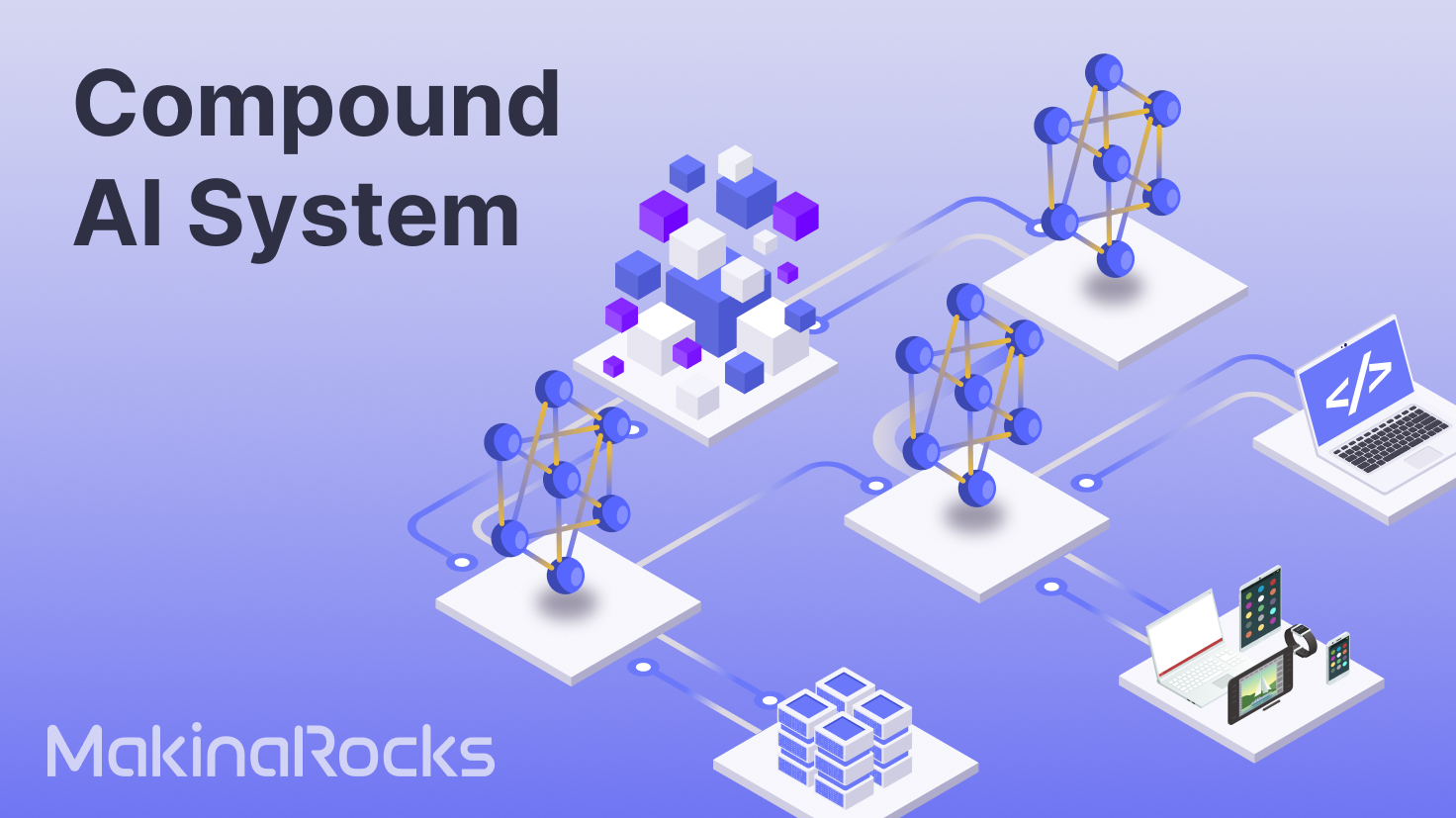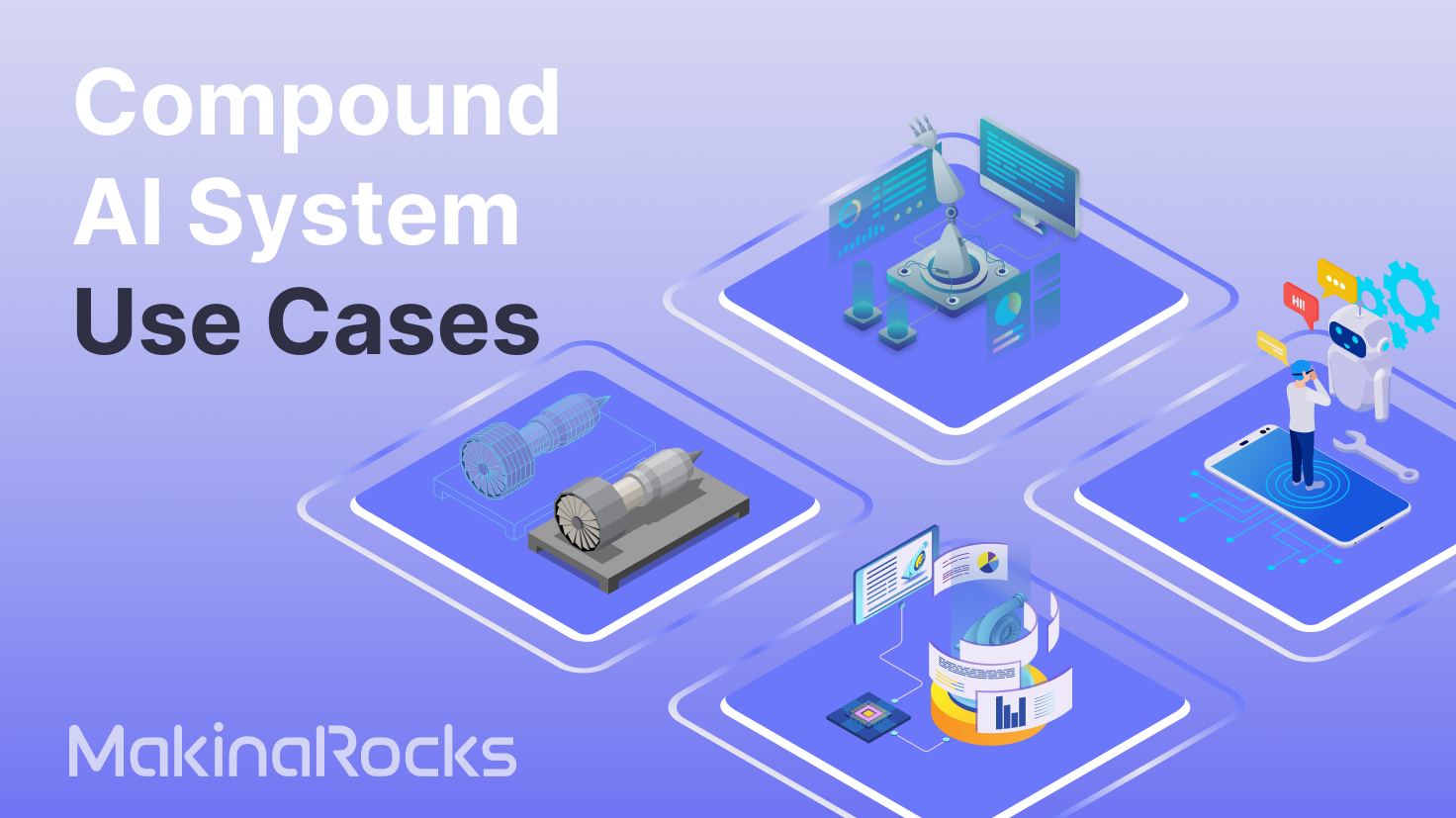AI agents are the buzzword of 2025. OpenAI, Microsoft, Google, Salesforce, Anthropic, and other global tech giants are racing to roll out their own versions—each with a different name, but a shared goal: reshaping how we interact with technology.
Amid this surge of interest, one category is drawing particular attention: vertical AI agents—purpose-built agents tailored for specific industries. Y Combinator, a global startup accelerator, predicts that “Vertical AI agents could be 10x bigger than SaaS.” Echoing this momentum, Deloitte forecasts that “in 2025, 25% of companies that use gen AI will launch agentic AI pilots or proofs of concept.”
So before diving into what AI agents can do, let’s take a step back. What exactly are vertical AI agents—and why are they gaining traction? How are they being used in real-world scenarios? And what kinds of systems make them work? Let’s break it down.
AI Agents: Artificial intelligence that thinks and acts on its own
An AI agent is an intelligent system that can make decisions and handle tasks through autonomous workflows. Much like an agency takes on responsibilities for a business, an AI agent acts on behalf of a user or organization to get things done. What sets AI agents apart is their ability to learn from data, make independent judgments, and act without human input.
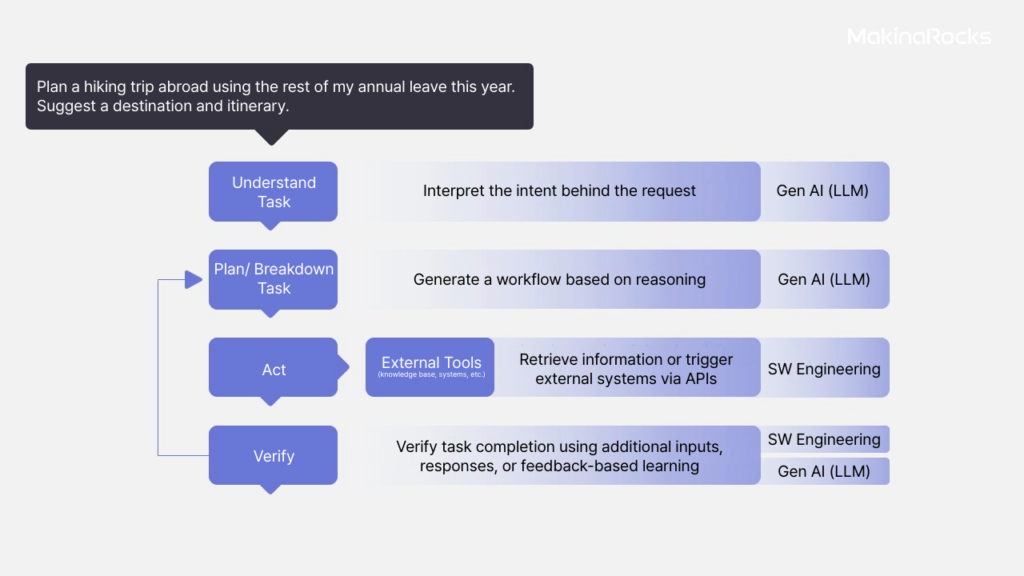 AI agent architecture & core technologies
AI agent architecture & core technologies
Consider this example: “I want to use the rest of my annual leave this year to go hiking abroad. Can you suggest a suitable itinerary and destination?” The agent first interprets your request—identifying the task of building an itinerary within your available leave. It then gathers relevant data: how many vacation days you have left, which destinations match your travel window, weather conditions, flight availability, and more. It filters through the options, reasons through possibilities, and provides personalized suggestions. If the recommendations aren’t quite right, it adapts—refining the plan based on your feedback.
Vertical AI agents: Tailored agents that understand your industry
AI agents don’t just understand context—they reason, plan, and build the workflows they need to get the job done. This orchestration of tasks is made possible by the convergence of powerful generative AI and robust software engineering. For organizations already using generative AI and LLMs to drive productivity, AI agents represent the next leap forward. While major tech companies are focused on building general-purpose agents for broad tasks like digital office assistance, vertical AI agents unlock new possibilities. Purpose-built for core business processes, these agents are tailored to specific industries and designed to address complex, domain-specific challenges that truly drive value.
Vertical AI agents are built to understand and act on deep, specialized knowledge in fields like manufacturing, logistics, healthcare, law, and finance. Unlike general agents, they grasp the workflows, data, and nuances of a particular industry. By learning from or being fine-tuned on domain-specific data, they can make autonomous decisions, handle unpredictable scenarios, and deliver highly customized, context-aware solutions. In short, vertical AI agents understand what you do—and are better equipped to solve the problems you face.
Where vertical AI agents come to life
So, how do vertical AI agents perform in the real-world? They combine the general capabilities of LLMs with targeted, task-specific intelligence. Here’s what that looks like—based on real scenarios we’ve encountered at MakinaRocks in industrial settings.
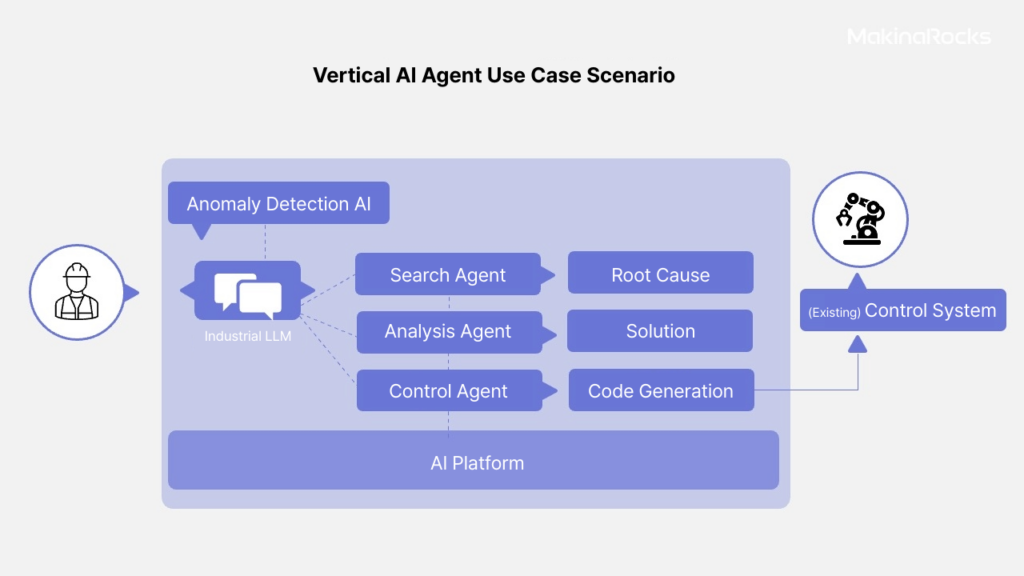 Vertical AI agent use case scenario
Vertical AI agent use case scenario
Imagine automating equipment management at a manufacturing site. An anomaly detection model first flags abnormal behavior in the equipment. From there, a discovery agent searches internal documentation, historical data, and case records to determine the root cause. Once the issue is identified, an analysis agent aggregates information from equipment logs, robot operation records, and even operator manuals to provide a comprehensive diagnosis. Traditionally, this kind of integrated analysis was difficult for AI systems that couldn’t process varied data types in context. But with LLMs as the foundation, vertical agents can bring all this data into a single interface—understandable and actionable.
Based on the analysis, a control agent steps in—generating the code and directly controlling the equipment. As LLMs evolve into vertical AI agents, they're able to understand specific tasks, build the necessary workflows, and even write code to operate machines. Tasks like stopping equipment or adjusting operating speeds in response to alarms—once done manually—can now run automatically.
While this example focuses on one use case, it reflects a broader vision: autonomous vertical AI agents that are data-driven, context-aware, and capable of making real-world decisions and taking action—without human input.
Compound AI system: Where AI agents work seamlessly
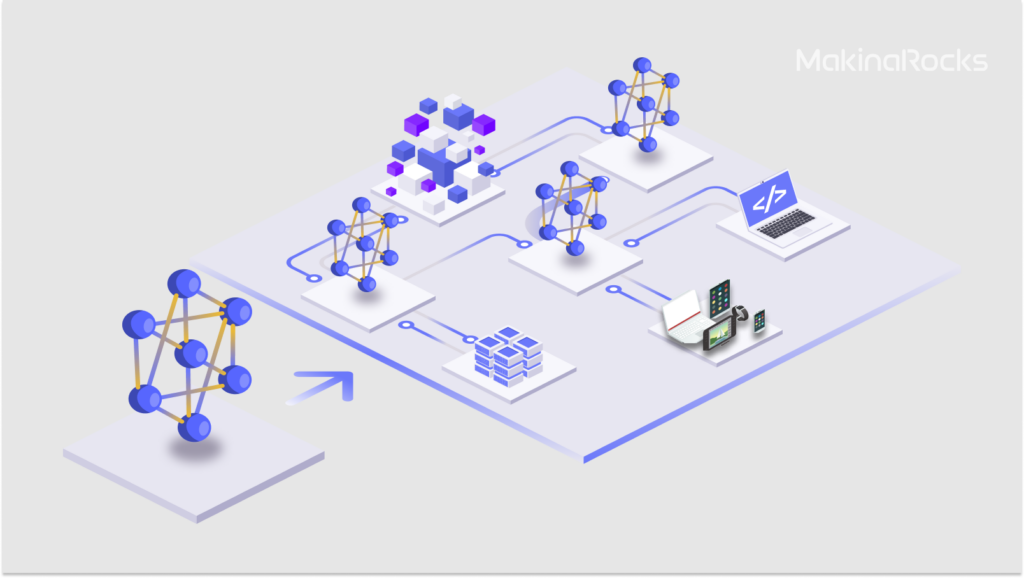
Compound AI system is a system in which multiple components—AI agents, models, retrievers, databases, and external tools—are integrated to effectively solve complex tasks.
In industrial environments, vast volumes of data are generated daily—from enterprise systems like ERP, MES, SCM to real-time sensor and equipment data. Within this complexity, the compound AI system provides the foundation for multiple agents to collaborate—analyzing root causes, selecting the right models, retrieving relevant data, and executing actions within a unified framework.
Related contents:
In a compound AI system, vector databases, APIs, AI models, AI agents, and agentic systems all interact to break down complex tasks. Instead of relying on a single agent, the system distributes responsibilities—allowing multiple agents to collaborate on solving a larger problem. This approach—known as agent orchestration—ensures agents work in sync, following a defined order of operations while the system oversees performance and execution.
To make this work, all AI agents, models, and generative technologies need to run on a unified platform or operating system(OS)—like Runway, MakinaRocks’ AI platform. The true potential of AI is unlocked when platforms provide seamless access to diverse data and enable intuitive configuration of AI agents. Looking ahead, these platform-based AI agents will play a central role in driving the next wave of industrial transformation—ushering in an era of automation, autonomy, and super-productivity across industries.
This wraps up our overview of AI agents, vertical AI agents, and the systems that power them. In the next post, we’ll dive deeper into the methodologies and architectures behind building and deploying agentic systems.
Note: This post was translated from the original Korean version by Kyoungyeon Kim.

